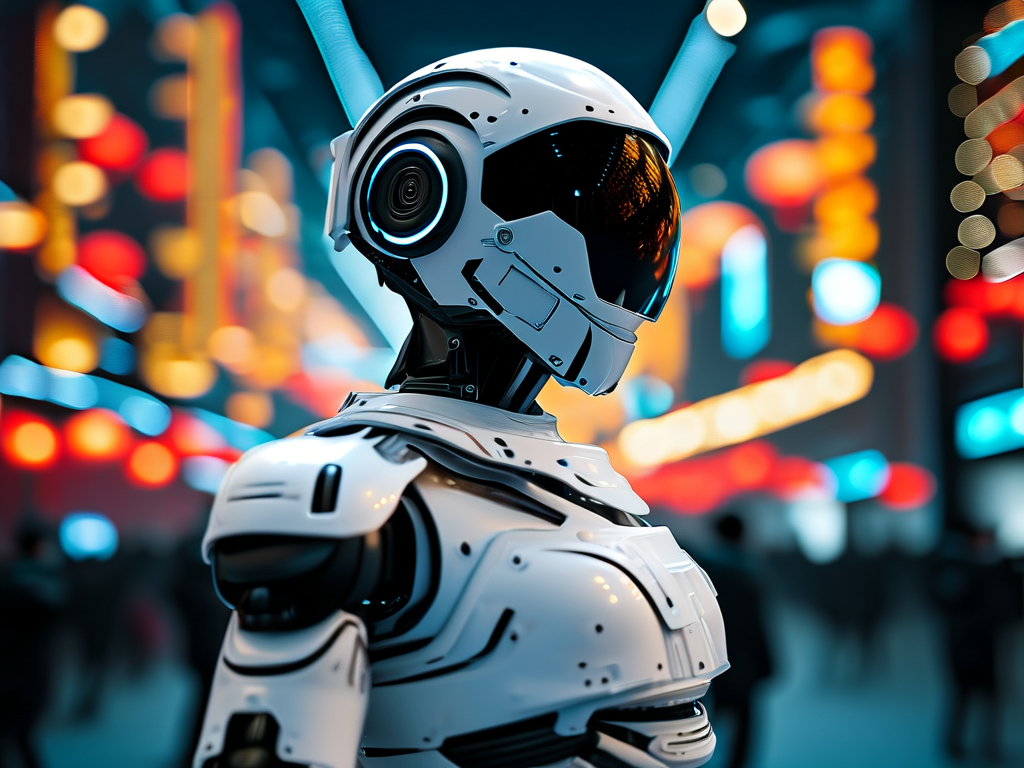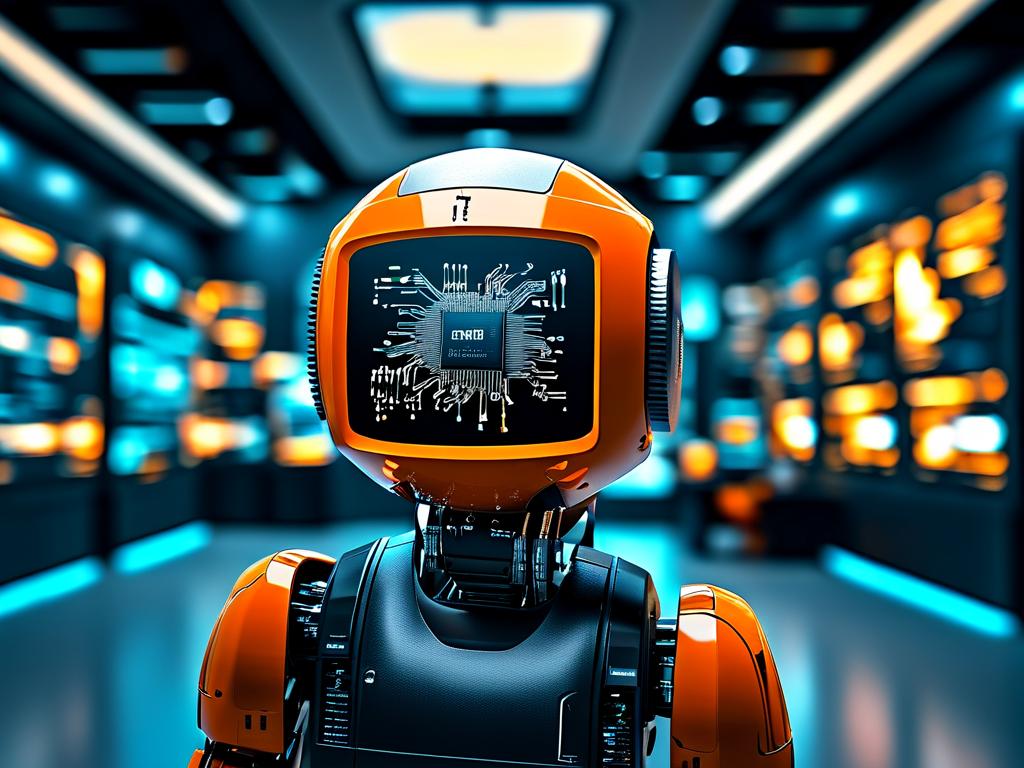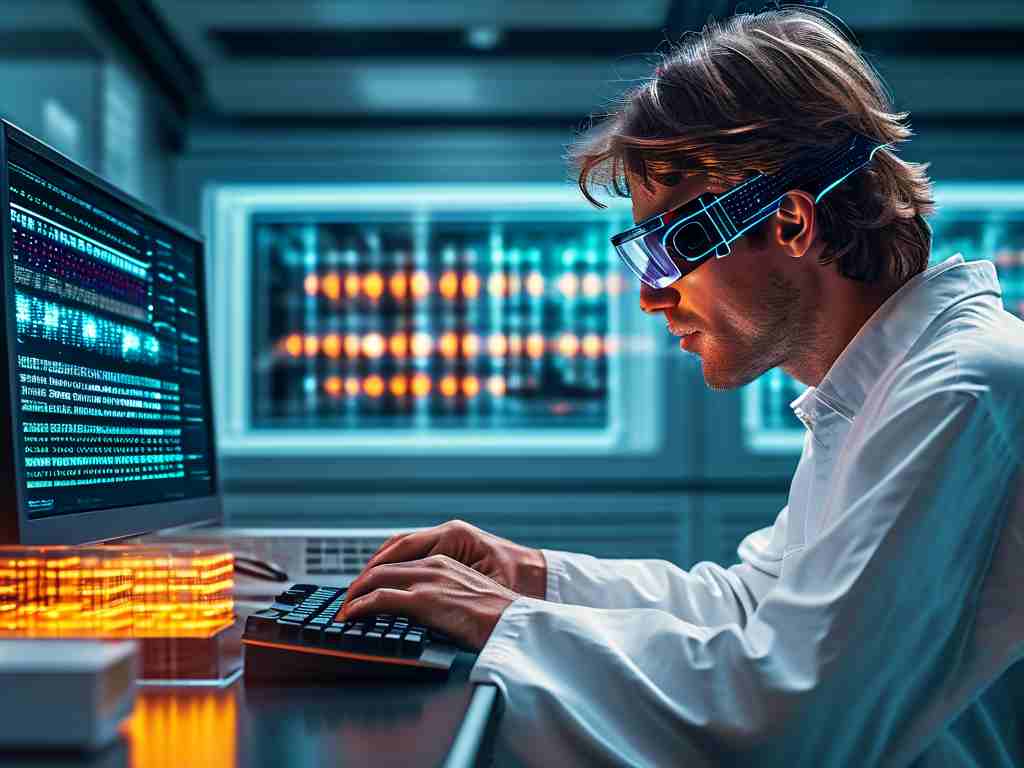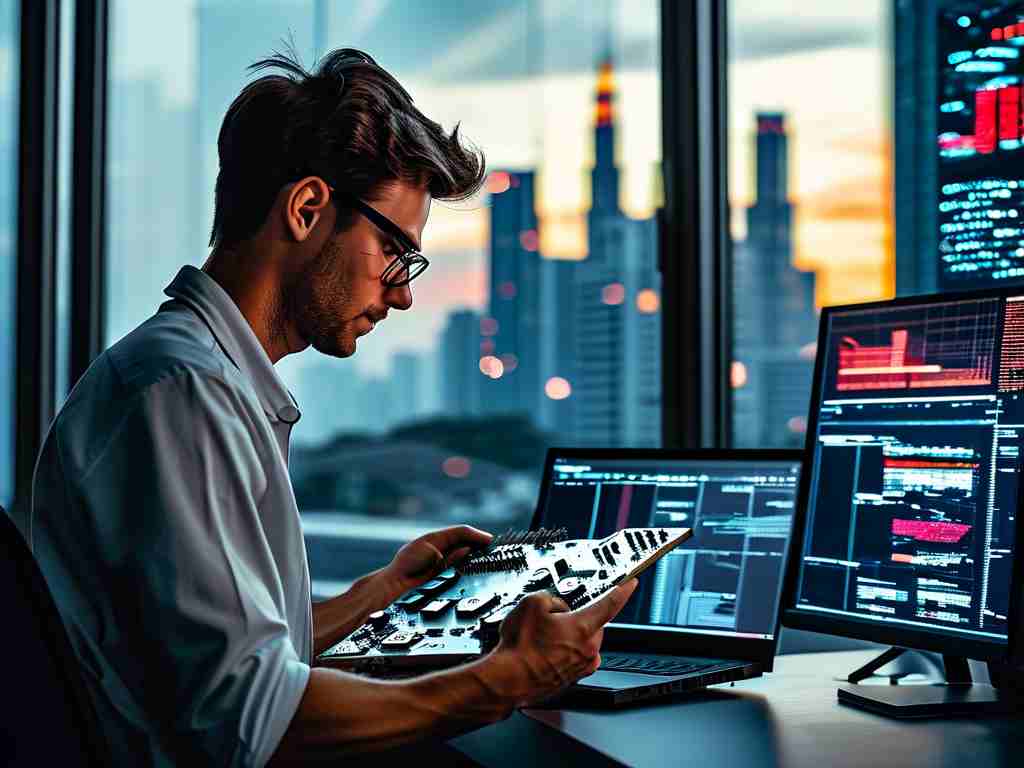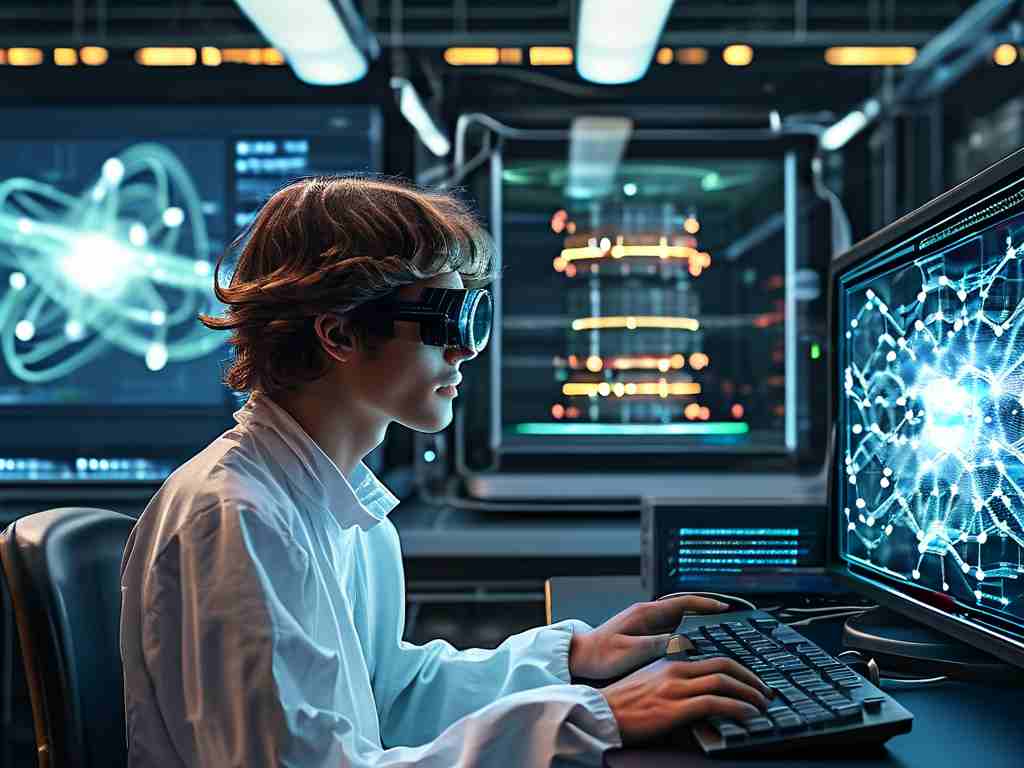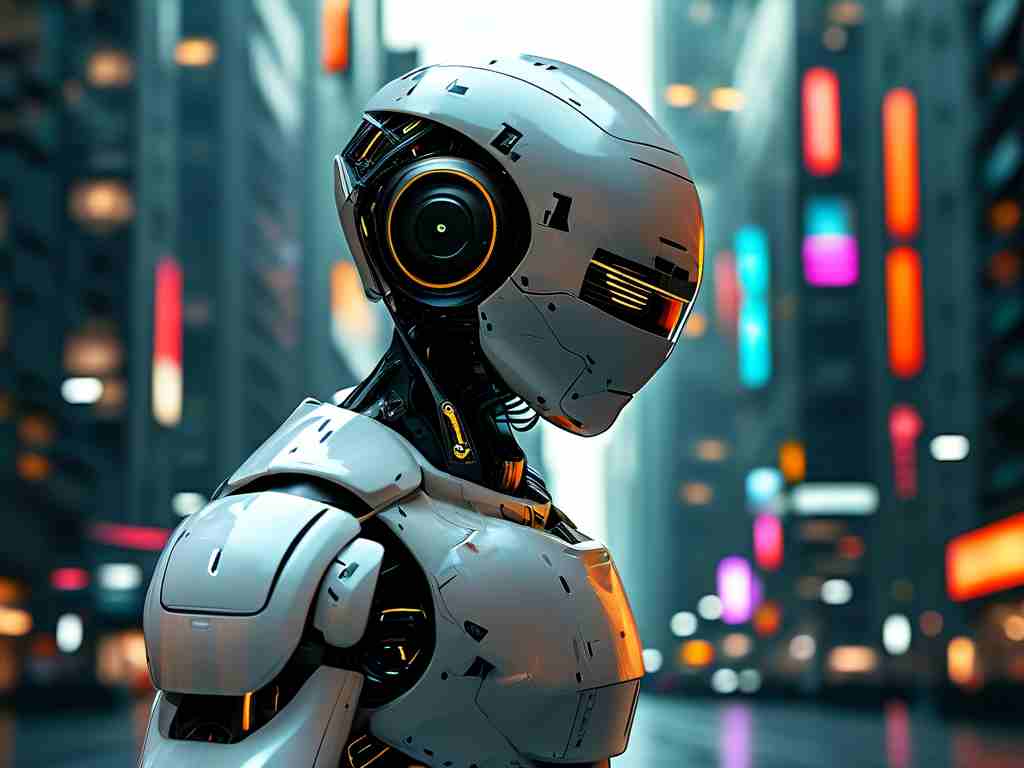China’s Spring Festival Gala, an annual televised extravaganza watched by billions, has long been a symbol of cultural heritage and festive celebration. In recent years, however, it has also become a stage for cutting-edge technological demonstrations, with robotic technology taking center stage. This blend of tradition and modernity not only captivates audiences but also reflects China’s ambitions in advancing AI and robotics.
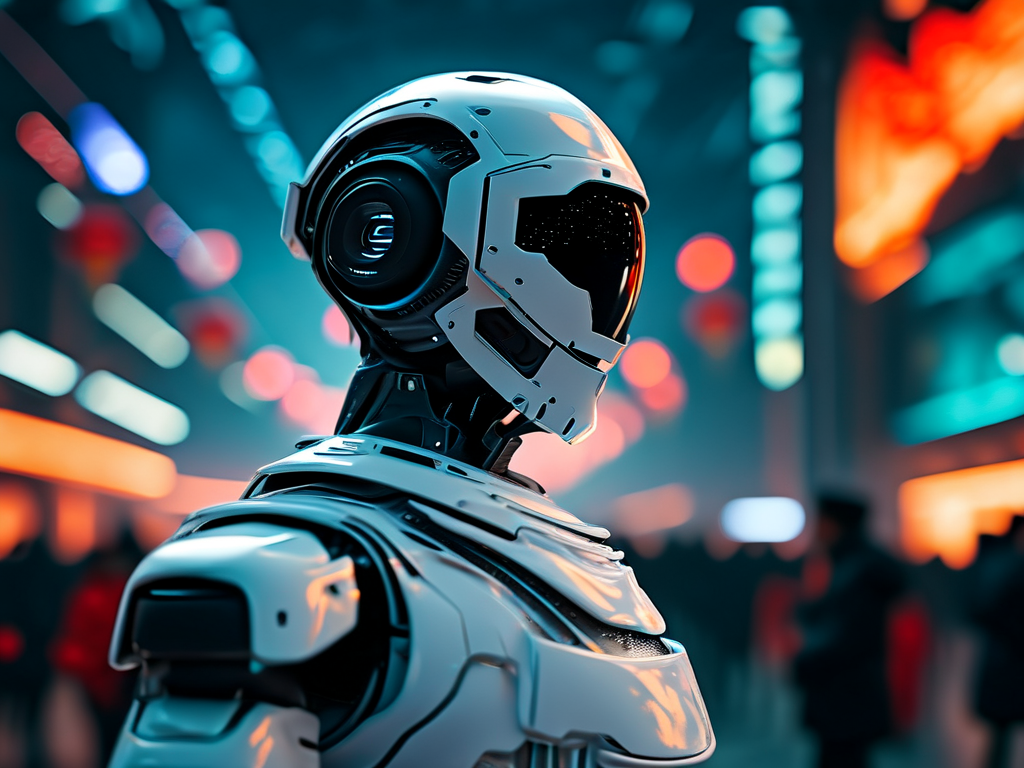
The Rise of Robotic Performers
One of the most memorable moments in recent galas was the 2021 collaboration between human dancers and a troupe of humanoid robots. Developed by Shenzhen-based Ubtech Robotics, these machines executed precise, synchronized movements alongside their human counterparts, creating a mesmerizing visual harmony. The robots’ ability to mimic complex choreography—down to subtle wrist flicks and head tilts—showcased advancements in motion control algorithms and real-time spatial sensing.
What made this performance groundbreaking was its seamless integration of art and engineering. Unlike pre-programmed industrial robots, these units adapted to live stage conditions, adjusting their movements based on feedback from infrared sensors embedded in the venue. This level of adaptability hinted at future applications beyond entertainment, such as assistive robotics in healthcare or disaster response.
AI-Driven Creativity Behind the Scenes
While robotic performers steal the spotlight, artificial intelligence plays a quieter yet equally transformative role behind the curtains. For the 2023 gala, producers employed an AI content-generation system to optimize stage layouts and lighting sequences. By analyzing decades of historical performance data, the system suggested adjustments to enhance audience engagement, such as dynamic color shifts during musical crescendos or focused spotlight patterns for solo acts.
Moreover, natural language processing (NLP) tools were used to draft comedic sketches. While human writers finalized the scripts, the AI generated initial drafts by mining social media trends and classic comedic tropes. This collaboration reduced production timelines by 40%, according to insider reports.
Challenges and Ethical Considerations
Despite the applause, the integration of robotics into cultural events raises questions. Critics argue that over-reliance on technology could dilute the “human touch” essential to artistic expression. During a 2022 experimental segment featuring fully autonomous robot hosts, some viewers found their dialogue delivery “mechanically flawless yet emotionally flat.” This feedback underscores the ongoing challenge of replicating human spontaneity and emotional depth.
Privacy concerns have also emerged. During interactive segments, audience-participation robots collected facial recognition data to personalize jokes—a feature praised for its novelty but scrutinized for potential misuse. Gala organizers have since implemented stricter data anonymization protocols, yet the incident sparked broader debates about ethical AI deployment.
Global Implications and Future Directions
The Spring Festival Gala’s tech-driven evolution mirrors China’s strategic push to lead in robotics. Government-backed initiatives like the “Next-Generation Artificial Intelligence Development Plan” have funneled resources into R&D, enabling breakthroughs showcased at the gala. International observers note that these displays serve dual purposes: entertaining domestic audiences while signaling technological prowess to global markets.
Looking ahead, rumors suggest that the 2024 gala may feature bidirectional holographic performances, where remote audiences interact with stage robots via augmented reality (AR). Such innovations could redefine live entertainment, blending physical and digital realms in unprecedented ways.
The Spring Festival Gala’s embrace of robotic technology is more than a spectacle—it’s a microcosm of societal transformation. As machines increasingly share the stage with humans, they challenge us to reimagine creativity, collaboration, and cultural preservation. While hurdles remain, the fusion of lunar New Year traditions with futuristic tech offers a compelling vision of harmony between heritage and progress.
